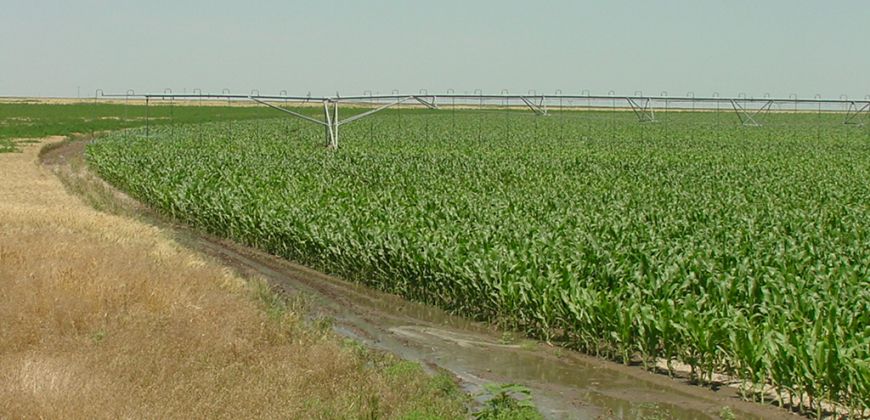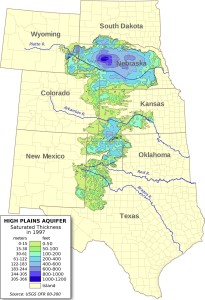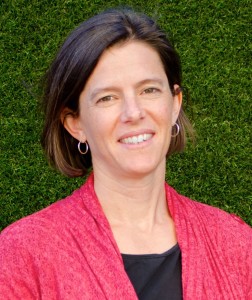

Main source of agricultural and public water
For more than 80 years, the Ogallala Aquifer, the largest freshwater aquifer in the world, has been the main source of agricultural and public water for eastern Colorado and parts of seven other states in the Great Plains. Now, Colorado State University will take a leading role as part of a USDA-NIFA funded university consortium to address agricultural sustainability on the Ogallala Aquifer.
$10 million over four years
The consortium, comprised of CSU and seven other universities as well as USDA-ARS, has been awarded a USDA Water for Agriculture Challenge Area CAP grant which will provide $10 million over four years for innovative research and extension activities to address water challenges in the Ogallala Aquifer region.
“Water is a precious resource that we cannot take for granted,” said U.S. Sen. Michael Bennet. “This award will help Coloradans apply innovative technologies and economic strategies that will extend water supplies and improve water quality for consumer and agricultural needs.”
The Ogallala, along with many of the world’s aquifers, is declining on a path many consider to be unsustainable. The Ogallala Aquifer region currently accounts for 30 percent of total crop and animal production in the U.S and more than 90 percent of the water pumped from the Ogallala Aquifer is used for irrigated agriculture.
Cutting-edge science and technology
“This project will integrate cutting-edge science and technology with an evaluation of policy and economic strategies as well as outreach to foster adaptive management,” said Meagan Schipanski, assistant professor of Soil and Crop Sciences, and the project’s lead investigator. “Our interdisciplinary team has an exceptional track record of work in the region, and this project offers an opportunity for much-needed integration and collaboration to extend the life of our shared groundwater resources.”

Schipanski will work with a team of CSU economists, agronomists, and engineers who will coordinate with irrigators and groundwater management districts to identify practices and institutional changes that can prolong the life of the aquifer and improve the sustainability of agricultural systems and the rural economies in the region.
The four-year grant will take a comprehensive approach integrating management strategies to improve use of the right water at the right time and in the right place across the Ogallala Aquifer. The CSU-led team will use the climatic and hydrologic gradients in the aquifer as a research platform to identify best management practices and corresponding policy frameworks to support optimal use of green and blue water sources today and under future climate scenarios. Groundwater levels vary greatly across the region and a range of strategies drawing on the strengths of each university will be needed.
Tremendous impact on rural economies
“Irrigated crop production has a tremendous impact on rural economies and Colorado’s overall agricultural output,” said Ajay Menon, dean of the CSU College of Agricultural Sciences. “Professor Schipanski brings her leadership along with the collective expertise of the CSU scientists to a team of Land Grant University researchers who are positioned to make a major impact on our understanding of the aquifer system by determining what approaches can improve the productivity and resiliency of this important region.”
The multi-disciplinary team includes scientists at the University of Nebraska-Lincoln, Kansas State University, Oklahoma State University, New Mexico State University, Texas Tech University, West Texas A &M University, Texas A & M AgriLife and the USDA-Agricultural Research Service.
To learn more about the project, visit the USDA news site.